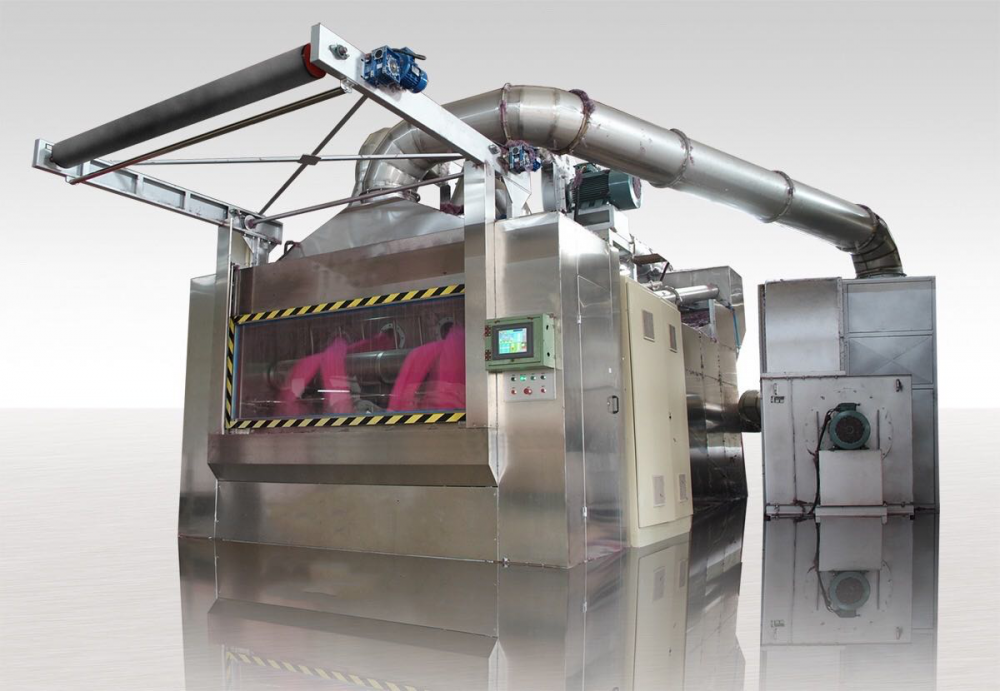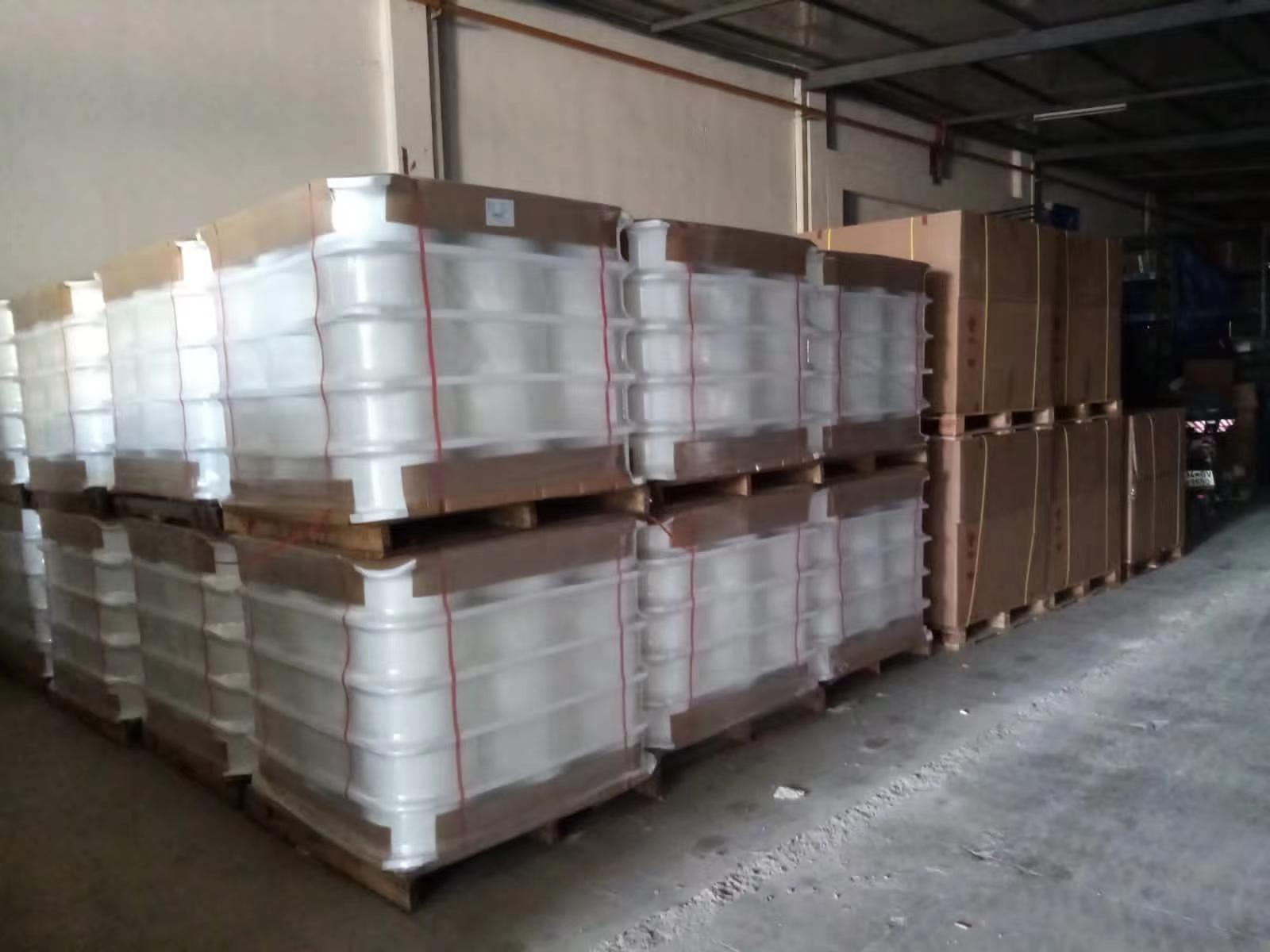In 2002, the Ministry of Agriculture and the former State Economic and Trade Commission jointly formulated the “Alternative Program for 5 Highly Toxic Pesticides such as Methamidophosâ€, which was approved by the State Council. The "Program" stipulates that this year start the demonstration project for the introduction of highly toxic pesticide alternative tests, including indoor activity screening, field efficacy trials, risk assessment (mainly for natural enemies and resistance), and demonstration and promotion of alternative pesticide species. According to the relevant person in charge of the National Agricultural Technology Promotion Center at the meeting, they are currently carrying out this project in 15 provinces (autonomous regions) across the country. After rigorous screening, there are currently widely used, mature production technology Ruijin Te, chlorpyrifos, avermectin, insecticide, furan tebufenozide, chloramine phosphorus, triazophos, profenofos, chloromethylamine Fifteen pesticide products met the state's requirements for new pesticides and were technically mature. As the first batch of highly toxic and high residue pesticide replacement products, they entered the field comparison test stage. The first batch of alternative products are both domestic and imported.
Pesticide companies attach great importance to this project. At the meeting, Wu Zhongyan, chairman of Jiangsu Kesheng Group, said that they had 5 products participating in this demonstration and promotion project. He believes that for the pesticide production enterprises, the promotion of this project is also a process of survival of the fittest. Only pesticide companies can develop new products with high activity, low toxicity, and low residue to survive and develop.
The relevant person of the Ministry of Agriculture said at the meeting that this project has been actively responded to by various local governments and hopes that the provinces will advance the substitution work more deeply and extensively in light of the actual situation in the province.
It is understood that in order to ensure food safety, protect the ecological environment, and fulfill China's commitment to the Rotterdam Convention, the Chinese government has decided to completely ban the use of 5 highly toxic and high residual organophosphorus pesticides such as methamidophos on January 1, 2007. Its product substitution test demonstration promotion project is launched under this background.
Warp Knitting Related Technologies
Warp knitting is a type of knitting where the yarns are fed in parallel to the fabric's length. This type of knitting requires specialized equipment and technologies to produce high-quality fabrics. Some of the related technologies used in warp knitting include:
1. Slitting machine: This machine is used to cut the fabric into smaller widths. The slitting machine is essential in producing fabrics with different widths for various applications.
2. Tumbling machine: This machine is used to soften the fabric and improve its texture. The tumbling machine is ideal for producing fabrics that require a soft and smooth feel.

3. Scutching Machine: This machine is used to remove impurities from the fabric. The scutching machine is essential in producing high-quality fabrics that are free from impurities.
4. Antipilling machine: This machine is used to prevent the fabric from pilling. The antipilling machine is ideal for producing fabrics that require a long lifespan and durability.
5. Mother yarn and mono yarn: These are the two types of yarn used in warp knitting. The mother yarn is used to create the base structure of the fabric, while the mono yarn is used to create the pattern or design on the fabric.

In summary, the above technologies are essential in producing high-quality fabrics using warp knitting. They help to improve the texture, durability, and overall quality of the fabric.
Warp Knitting Related Technologies
suzhou cotex international Co.,Ltd , https://www.macanol.com